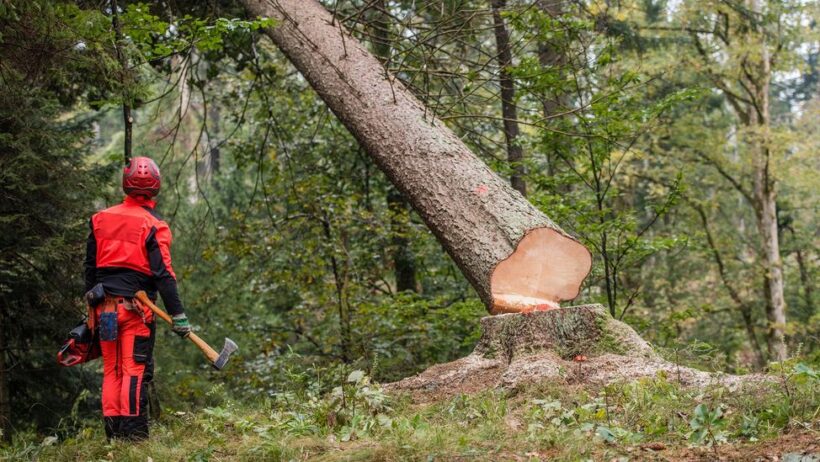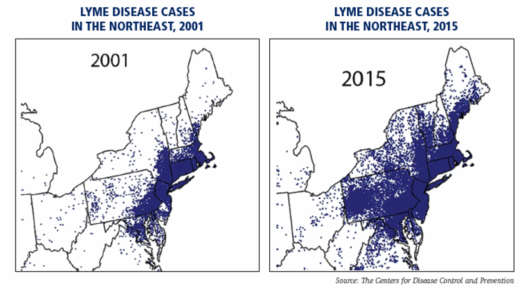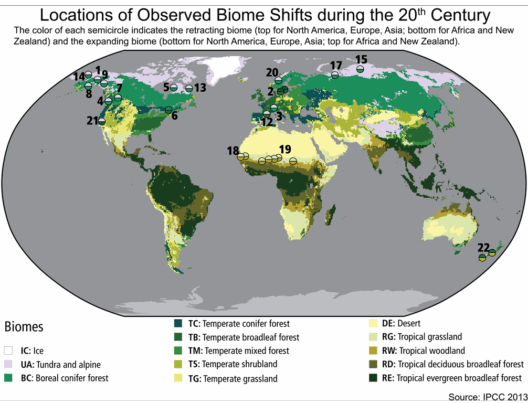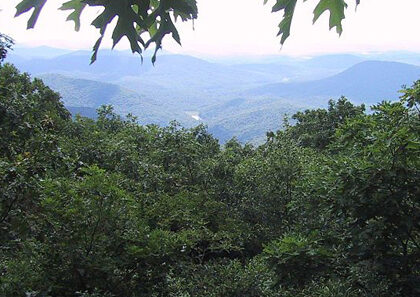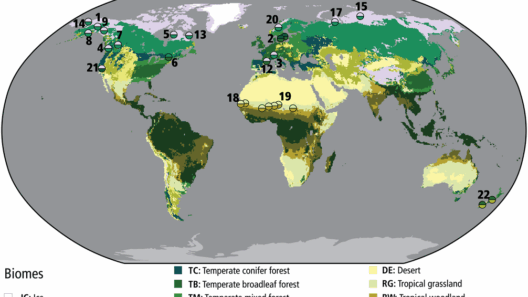Deforestation, often likened to the loss of a great tapestry, unravels not only the beauty of nature but also the very fabric of our climate system. Trees are the stalwart sentinels of the Earth, standing as reservoirs of carbon dioxide, absorbing this greenhouse gas and releasing oxygen—a process fundamental to sustaining life. As we heedlessly hack away at forests, we disturb this delicate equilibrium, setting in motion a series of catastrophic consequences that precipitate global warming.
At its core, deforestation represents more than just the act of cutting down trees; it signifies a significant shift in the Earth’s natural systems. Each felled tree is akin to unhooking a vital cog from the complex machinery of the biosphere. The role of trees extends beyond mere aesthetics; they moderate temperature, regulate hydrological cycles, and underpin biodiversity. When a forest is cleared, the consequent loss of these functions is not merely a local phenomenon—it cascades across the globe.
The greenhouse effect, a familiar term in climate discourse, describes how certain gases trap heat in the atmosphere. Trees play a pivotal role in mitigating this effect by sequestering carbon dioxide, one of the primary culprits of climate change. Through photosynthesis, trees absorb carbon dioxide from the atmosphere, storing it as carbon in their biomass and soil. This natural system is akin to a carbon bank, where the deposits of carbon are secured. However, when trees are chopped down, not only is the bank of carbon depleted, but the stored carbon is also released back into the atmosphere. The act of deforestation is like breaking the bank, leading to an exorbitant increase in atmospheric carbon levels.
Moreover, the destruction of forests contributes to a phenomenon known as positive feedback loops. As climate change progresses, temperatures rise, which promotes further forest dieback due to stressors such as drought, pests, and wildfires. This, in turn, leads to even more carbon dioxide being released, perpetuating a vicious cycle of warming. The metaphor here could be visualized as a runaway train, gathering speed on a downhill track—each pulse of heat accelerating the destruction of its own support network.
The implications of deforestation extend beyond the mere carbon equation. Forests are often described as the lungs of the planet, yet they serve as much more. They are intricate ecosystems, teeming with life—from the smallest microorganisms to majestic apex predators. The loss of trees and their accompanying fauna not only diminishes biodiversity but also risks the extinction of species that depend on these habitats. The depletion of biodiversity further weakens ecosystem resilience, making it increasingly difficult for environments to recover from disturbances such as droughts or disease outbreaks.
Forests also play an essential role in regulating local and global climates. They influence rainfall patterns, contribute to groundwater recharge, and sustain watersheds. For instance, the Amazon rainforest, often referred to as the “Earth’s lungs,” generates approximately 50% of its own rainfall through a process called evapotranspiration. Deforestation disrupts this cycle, resulting in reduced precipitation and subsequent dry spells that can lead to desertification. A desert in place of a thriving forest is not merely a loss of green; it signifies a shift towards a less hospitable planet.
The socio-economic factors underlying deforestation further complicate the landscape. In many impoverished regions, communities rely on timber and land for agriculture as vital sources of income. This immediate need for economic survival often overshadows the long-term repercussions of tree removal. However, short-sighted exploitation can lead to the gradual erosion of livelihoods that depend on stable ecosystems. Here, the metaphor of a cutting down a tree to obtain a piece of fruit comes to mind—one may enjoy the immediate benefit, but it can lead to a barren orchard in the future.
Global warming, driven significantly by deforestation, affects not just rural communities but also urban populations. Climate-induced disasters such as floods, heatwaves, and hurricanes are exacerbated by the loss of forests, which once acted as buffers against these extreme weather events. Urban areas, especially those in low-lying coastal regions, face heightened vulnerability as deforestation contributes to rising sea levels and erratic weather patterns. The landscape of human habitation shifts, often leaving the most marginalized communities stranded in the aftermath.
Addressing the challenges posed by deforestation requires a multifaceted approach. Strategies such as reforestation, afforestation, and the promotion of sustainable forestry practices aim to restore the lost canopy of trees. Beyond this, integrating community-based conservation that empowers local populations can yield significant results. By providing alternative income sources and education regarding sustainable land use, communities can transition away from harmful practices while still achieving economic stability.
Ultimately, the narrative of deforestation is not just a story of loss; it is a call to action. It beckons individuals, governments, and organizations to rekindle a commitment to protecting the environment. Much like an artist’s palette, which thrives in diversity, a healthy planet relies on the multitude of interactions within ecosystems. Recognizing the intrinsic links between forest health and climate stability is essential in combating global warming. The fate of our planet hinges on every tree left standing, reminding us that in the face of climate change, each action counts—a tree preserved today can potentially nurture a sustainable tomorrow.



